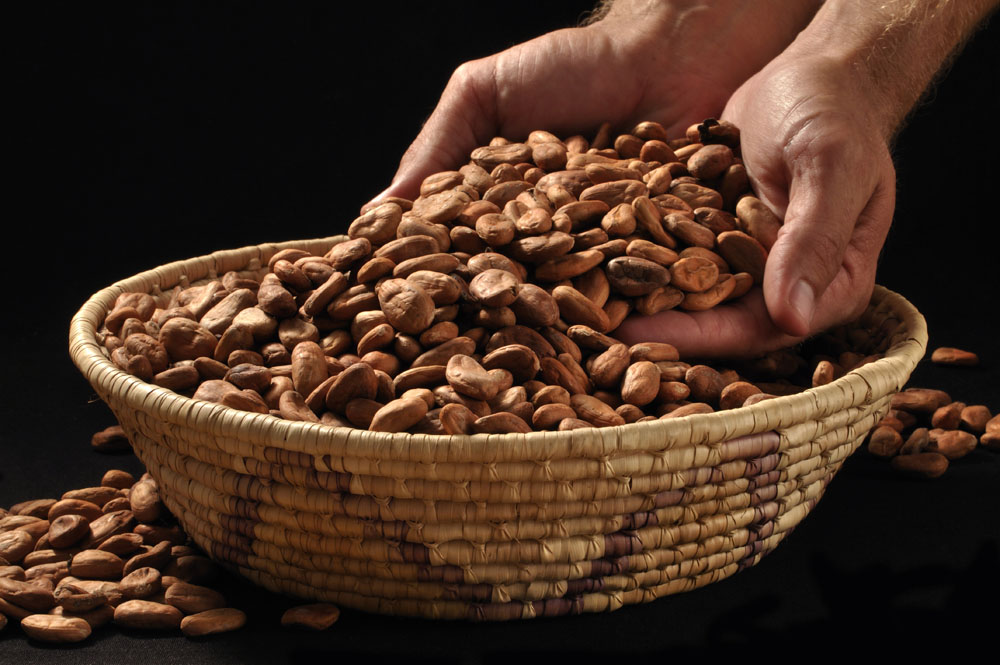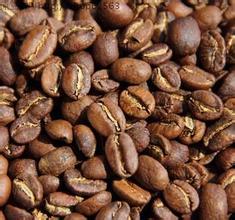Low caffeine varieties-variants of pointed bourbon and wild low caffeine coffee trees in Ethiopia

In 1715, the French transplanted the Yemeni round mocha to Bourbon Island in the Indian Ocean on the east coast of Africa. Because the island was isolated from the African continent, the soil and water climate was different from that of Yemen. By 1810, the bean body changed from the original round body to a pointed body, and the tree height was also shorter. At that time, the French also became the legendary delicious coffee with Bourbon Pointu_, which is also known as bourbon pointed body. It was not until after the 20th century that scientists discovered that bourbon pointed body had half as much caffeine as Arabica. Due to its low production capacity, it was abandoned by islanders after 1950. the coffee field was changed into a sugar cane plantation, and the bourbon pointed body became the mouth delicacy of the older generation of coffee people. Shoyo Kawashima, an expert at UCC Coffee in Japan, studied coffee cultivation in El Salvador in the 1970s. Many times I have heard the legend that the pointed body of Bourbon still exists. In 1999, he visited Bourbon Island when he was on an expedition to Africa, but he was greatly poured cold water by the islanders. Someone even took him to the market to see the canned coffee, but he still didn't mind it and left his phone number. In 2001, he received a phone call from farmers on the island of Bourbon, saying that more than 30 wild coffee trees had been found in the wild, which was suspected of being a variety of bourbon. After several negotiations with the French authorities, the French Agricultural Development Research Center decided to send scientists to cooperate with Japanese coffee on the island after several negotiations with French authorities. Finally, experts identified it as a variant of bourbon and did not become extinct after 1950. To carry out the rehabilitation program, the first batch of 700 kilograms of coffee beans was produced in 2006, and 240 kilograms of raw coffee beans were strictly selected, which were sold almost exclusively in the Japanese market. After roasting, the price of Shangshima coffee was 100 grams per unit and sold at 7350 yen. It's four times more expensive than the top blue mountains.
In 2007, 2000 units sold out in Japan sold out on the first day, and according to people who had drunk it, the flavor was different from ordinary coffee, with no bitterness, acidity and elegance with strong citrus aromas and even Chinese litchi aromas.
The caffeine content of the variant pointed bourbon accounts for only 0.4-0.75% of the soybean weight, but it is not enough compared to the newly discovered Esopian ultra-low-caffeine coffee variety, which accounts for only 0.07% of the soybean weight. In June 2004, Paolo Mazafera (Paulo Mazzafera), a botanist at Cambinas University in Brazil, announced that he had found a wild low-caffeinated coffee tree in Isabia. In June of the same year, Mazafera solemnly announced in the authoritative Nature that "this is the first time that human beings have found a low-caffeinated coffee tree." the caffeine content accounts for only 0.07% of the bean weight, 20 times lower than the average Arabika caffeine. His research team screened three natural low-caine subspecies from 3,000 samples of 300 Arabica varieties in Ethiopia, which shocked the coffee industry. Mazafera stressed at a press conference that Isobia is an Arabica with better flavor rather than sturdy beans. Even if there are genetic defects and low production capacity is not in line with cultivation efficiency, mass production can still be increased by mixing snow. The news also awakened the sleeping Ethiopian authorities, preparing to sue Mazafera for stealing wild coffee trees without the consent of the Ethiopian authorities. It triggered diplomatic tensions between Ethiopia and the Brazilian authorities. Launched the Arabica caffeine tree espionage against espionage sovereignty defense war. As a result, everyone was happy, and the two countries worked together to share God's gift of natural low-caffeine coffee trees.
L Source: Beibei Coffee Alumni Association
Important Notice :
前街咖啡 FrontStreet Coffee has moved to new addredd:
FrontStreet Coffee Address: 315,Donghua East Road,GuangZhou
Tel:020 38364473
- Prev

Does gold manning have to be sour?
When it comes to gold manning, is your first feeling fragrant and mellow, bitter, but the fruit acid is very weak? It is believed that this is the first feeling of most people for gold manning, in fact, it is related to the medium-deep baking that is used by most gold manning in the market at present, including the gold manning in our store. The default is medium-deep baking. But in fact,
- Next

Boutique coffee beans-details of Yega Xuefei, Ethiopia
Ethiopia has one of the oldest coffee histories in the world. Traditionally, Ethiopian coffee beans are exposed to the sun, and the whole process is very extensive, so there are many defective beans, uneven quality and difficult to control. However, since the study and introduction of Central and South American washing technology and processing and drying methods, the quality of raw beans has been greatly improved, making Ethiopia's washed beans not only
Related
- Guji coffee producing area of Guji, Ethiopia: Humbela, Shakiso, Wulaga
- What is the most expensive variety of Qiloso in BOP multi-variety group?
- How to store the coffee beans bought home?
- Why are Yemeni coffee beans so rare now?
- Ethiopian Sidamo all Red Fruit Sun Sun Santa Vini Coffee beans
- SOE is mostly sour? What does it mean? Is it a single bean? what's the difference between it and Italian blending?
- Is Italian coffee beans suitable for making hand-brewed coffee?
- How to choose coffee beans when making cold coffee? What kind of coffee beans are suitable for making cold coffee?
- Just entered the pit to make coffee, what kind of coffee beans should be chosen?
- Can only Japan buy real Blue Mountain Coffee? What are authentic Jamaican Blue Mountain coffee beans?

